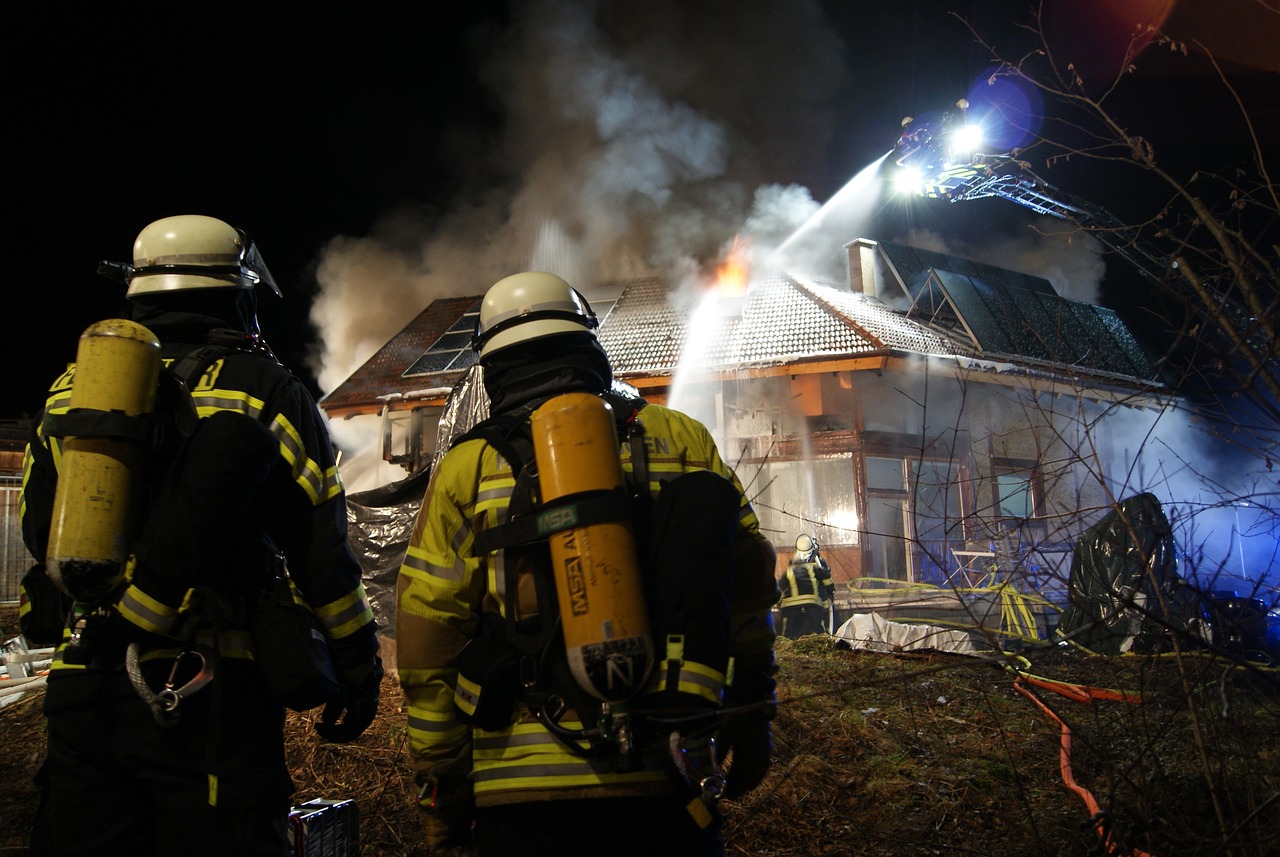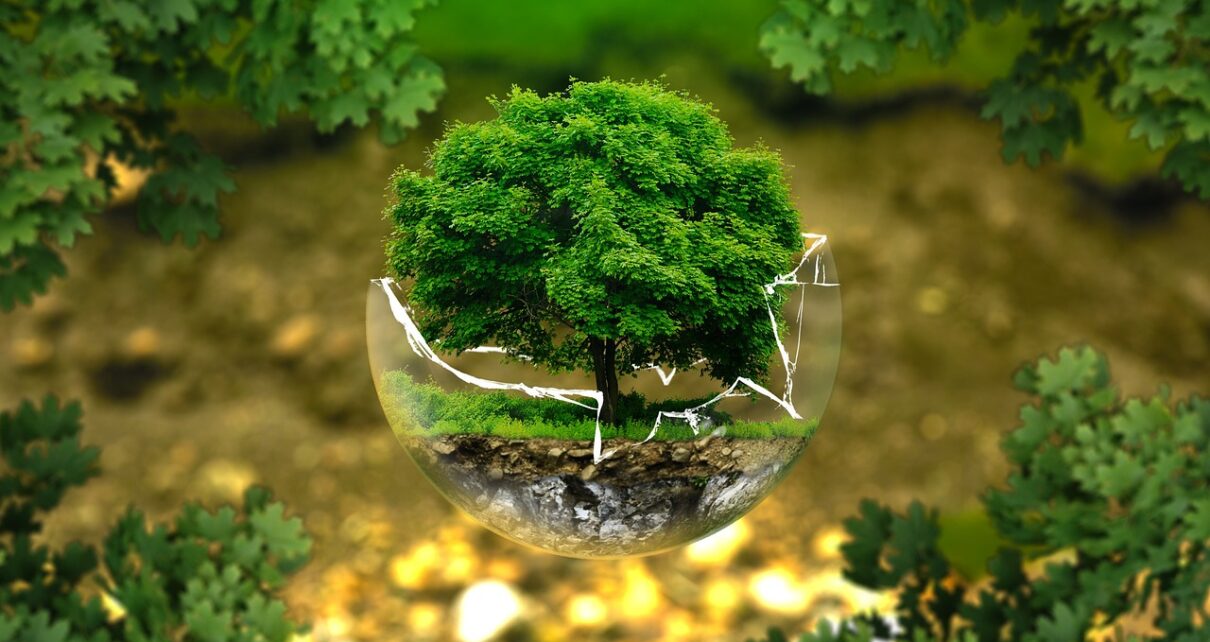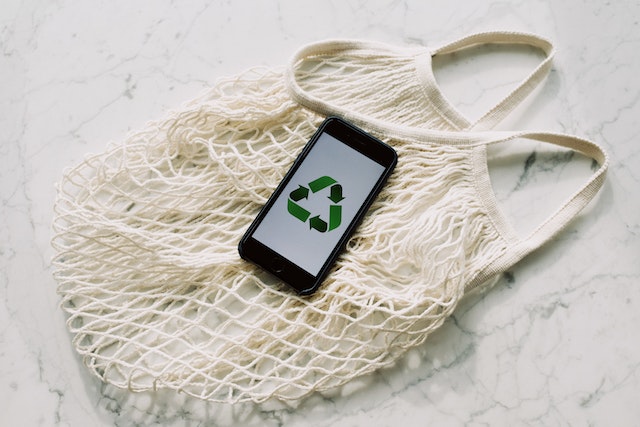Fires can leave more than just physical damage in their wake; they can also leave hazardous materials that need to be carefully managed during cleanup and restoration. Moreover, selling fire damaged property can also pose a challenge for homeowners and real estate agents alike. In this article, we will explore the environmental considerations and the best practices for dealing with hazardous materials in fire-damaged homes.
Asbestos
Asbestos is a common hazard in older homes, especially in insulation, drywall, and flooring materials. When a fire occurs, asbestos-containing materials can become damaged and release harmful fibers into the air. These fibers can cause serious health problems if inhaled, including lung cancer and mesothelioma. Therefore, it is essential to have a certified asbestos abatement professional assess the home and safely remove any damaged materials.
Lead
Lead is another hazardous material that may be present in older homes, particularly in paint and pipes. When exposed to fire, lead can release toxic fumes and contaminate the surrounding soil. If lead is suspected, it is crucial to hire a certified lead abatement professional to safely remove any affected materials.
Mold
Fires often leave behind moisture and water damage, creating ideal conditions for mold growth. Mold can cause respiratory issues and exacerbate allergies, making it important to address any mold growth as soon as possible. It is recommended to have a certified mold remediation professional assess and remove any mold in fire-damaged homes.

Chemicals
Firefighters use chemicals such as foams and retardants to extinguish fires, which can also pose environmental hazards. These chemicals may be present on surfaces or absorbed into materials in the home. It is crucial to follow all safety guidelines when handling these materials and dispose of them properly.
Soot and Ash
Soot and ash may seem harmless, but they can contain harmful chemicals and heavy metals that can be dangerous if inhaled or ingested. Wearing protective gear, such as masks and gloves, is essential when cleaning up soot and ash. Proper disposal methods should also be followed to prevent further environmental contamination.
Air Quality
After a fire, the air quality in and around the affected home may be compromised due to the release of hazardous materials. It is recommended to have air quality testing conducted by a certified professional before re-entering the home. If the air quality is deemed unsafe, proper ventilation and other measures should be taken to improve it.
Waste Disposal
Proper waste disposal is crucial when dealing with hazardous materials in fire-damaged homes. It is essential to follow local regulations and guidelines for disposing of any materials that may be contaminated or pose a risk to the environment. This may include hiring certified professionals for removal and disposal.
In Conclusion
Dealing with hazardous materials in fire-damaged homes is a complex task that requires careful consideration and expert knowledge. Protecting your health and the environment is of utmost importance. By understanding the potential hazards and following appropriate protocols, you can ensure the safe and responsible restoration of your fire-damaged home, reducing risks to both the environment and your well-being.…



 Imagine stepping into a forest, surrounded by towering evergreen trees adorned with glistening snow. That’s the exact feeling you get when you light a balsam and cedar-scented candle. The rich and earthy aroma of balsam fir is perfectly, well-balanced with the woody notes of cedarwood, creating a fragrance that instantly transports you to a picturesque winter wonderland. The scent of balsam brings a sense of nostalgia, reminiscent of childhood memories spent searching for the perfect Christmas tree.
Imagine stepping into a forest, surrounded by towering evergreen trees adorned with glistening snow. That’s the exact feeling you get when you light a balsam and cedar-scented candle. The rich and earthy aroma of balsam fir is perfectly, well-balanced with the woody notes of cedarwood, creating a fragrance that instantly transports you to a picturesque winter wonderland. The scent of balsam brings a sense of nostalgia, reminiscent of childhood memories spent searching for the perfect Christmas tree. Frosted Cranberry is a scent that evokes the joyful essence of Christmas. It captures the crispness of winter and the sweetness of cranberries, creating a delightful aroma that fills your home with holiday cheer. As you light a Frosted Cranberry scented candle, you are going to feel like you are instantly transported to a winter wonderland. The combination of tangy cranberries and frosted sugar creates an irresistible fragrance that lingers in the air, making your space feel warm and inviting.
Frosted Cranberry is a scent that evokes the joyful essence of Christmas. It captures the crispness of winter and the sweetness of cranberries, creating a delightful aroma that fills your home with holiday cheer. As you light a Frosted Cranberry scented candle, you are going to feel like you are instantly transported to a winter wonderland. The combination of tangy cranberries and frosted sugar creates an irresistible fragrance that lingers in the air, making your space feel warm and inviting. Now, this is the real festive scent, at least for our family. The scent of Mistletoe and Ivy brings a touch of elegance to any holiday setting. This unique combination captures the essence of Christmas with its fresh, green notes and subtle hints of berries. The crispness of mistletoe blends harmoniously with the earthy tones of ivy, creating a fragrance that is both uplifting and calming. It fills your home with warmth and joy, instantly putting everyone in a festive mood.
Now, this is the real festive scent, at least for our family. The scent of Mistletoe and Ivy brings a touch of elegance to any holiday setting. This unique combination captures the essence of Christmas with its fresh, green notes and subtle hints of berries. The crispness of mistletoe blends harmoniously with the earthy tones of ivy, creating a fragrance that is both uplifting and calming. It fills your home with warmth and joy, instantly putting everyone in a festive mood.
 If you want to upgrade your smoking experience, investing in a quality grinder is one of the best ways to do so. Grinders come in all shapes and sizes, but they all serve the same purpose: to evenly grind your smoking material so that it burns more evenly and efficiently. A good grinder will make a difference in your smoking experience and is an essential tool for any serious smoker. Grinders range in price from around $10 to $100 or more. It’s important to find one that fits your needs and budget.
If you want to upgrade your smoking experience, investing in a quality grinder is one of the best ways to do so. Grinders come in all shapes and sizes, but they all serve the same purpose: to evenly grind your smoking material so that it burns more evenly and efficiently. A good grinder will make a difference in your smoking experience and is an essential tool for any serious smoker. Grinders range in price from around $10 to $100 or more. It’s important to find one that fits your needs and budget. Pipes and bongs are the two most popular ways to smoke cannabis. There are many different types of pipes and bongs, so finding the right one for you is a matter of personal preference. If you’re looking for a smoking experience that is smooth and easy on your lungs, then a bong is the way to go. Bongs come in all shapes and sizes, so one will surely be perfect for you. A pipe is the way to go if you’re looking for something more portable and easy to carry.
Pipes and bongs are the two most popular ways to smoke cannabis. There are many different types of pipes and bongs, so finding the right one for you is a matter of personal preference. If you’re looking for a smoking experience that is smooth and easy on your lungs, then a bong is the way to go. Bongs come in all shapes and sizes, so one will surely be perfect for you. A pipe is the way to go if you’re looking for something more portable and easy to carry.



 The first and most crucial step is to change your mindset. To get out of debt, you need to think differently about money. You need to stop using debt as a crutch. For example, if you have a credit card debt of $1000, you might be tempted to use the credit card to pay for unexpected expenses. But this is a debt trap. You will end up paying more interest, and it will take you longer to get out of debt.
The first and most crucial step is to change your mindset. To get out of debt, you need to think differently about money. You need to stop using debt as a crutch. For example, if you have a credit card debt of $1000, you might be tempted to use the credit card to pay for unexpected expenses. But this is a debt trap. You will end up paying more interest, and it will take you longer to get out of debt. If you think that a debt-free journey is too difficult, think again. In this day and age, many tools and resources can help you on your debt-free journey. For example, many apps can help you track your spending and stay on budget. Some websites can help you find the best deals on products and services. And there are debt calculator tools that can help you come up with a debt repayment plan. Technology can be a great asset on your debt-free journey. Use it to your advantage.
If you think that a debt-free journey is too difficult, think again. In this day and age, many tools and resources can help you on your debt-free journey. For example, many apps can help you track your spending and stay on budget. Some websites can help you find the best deals on products and services. And there are debt calculator tools that can help you come up with a debt repayment plan. Technology can be a great asset on your debt-free journey. Use it to your advantage.
 Paystub Direct is the best pay stub creator on the internet. It is easy to use and has no hassle. You can create your pay stubs in minutes with this great tool. The interface is simple and easy to use, so you will not have any trouble creating your pay stubs. Plus, there are no hidden fees or charges. You get the service for one low price.
Paystub Direct is the best pay stub creator on the internet. It is easy to use and has no hassle. You can create your pay stubs in minutes with this great tool. The interface is simple and easy to use, so you will not have any trouble creating your pay stubs. Plus, there are no hidden fees or charges. You get the service for one low price.